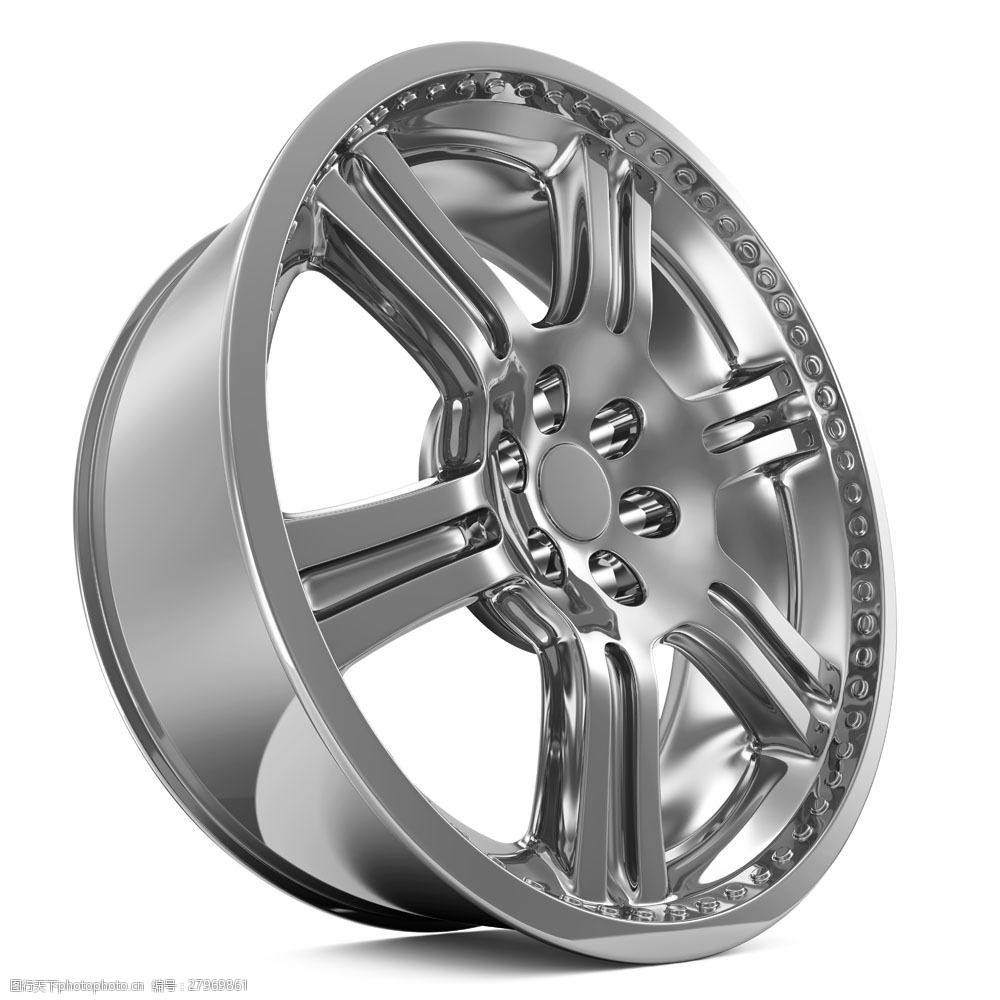High-end materials often used in airplanes, rockets, bulletproof vehicles. Carbon fiber was first used in cars in Formula One racing cars. Now also used in civilian cars, carbon fiber components with black paint and a deliberately black woven pattern look good on the open.
How do fibrous materials, with their ultra-light, soft properties, make strong car parts? How can carbon fibre's high price be used in cars to reduce costs?
Carbon fiber composites are composed of carbon fiber reinforcement material and resin matrix material. Carbon fiber used in automobile frame, seat, cabin cover, drive shaft, rearview mirror and other vehicle body, automotive carbon fiber has several advantages:

Light weight:
The current hot electric vehicle, due to the limited battery technology short range has become the bottleneck restricting its development, can only be solved from the body structure and material replacement. Carbon fiber composite is 3/4 lighter than steel and 1/3 lighter than aluminum. The most direct impact is long driving range and more energy saving.
Comfort:
The soft tensile property of carbon fiber can greatly improve the noise and vibration control of the vehicle and greatly improve the comfort of the vehicle.
Reliability:
Carbon fiber has higher fatigue strength, good collision energy absorption, while reducing the weight of the vehicle can maintain strength and safety, reducing the safety risk factor brought by lightweight.
Increased life expectancy:
Some parts on the car require corrosion resistance, to go through the test of high temperature, low cold, smoke, ordinary metal parts can not guarantee the service life of different environments. Carbon fiber is free of corrosion and rust, which enhances the life of car parts.
Pull the wire:
The raw material is heated, it is the reinforcement material: winding molding of the reinforcement material, mainly a variety of fiber yarn: such as alkali free glass fiber yarn, alkali glass fiber yarn, carbon fiber yarn, high strength glass fiber yarn, arylon fiber yarn and surface felt. Resin matrix and various fillers. Plastic fibers are made up of thousands of filaments.
Stability:
After 400 degrees of heating oxidation, the thermoplastic macromolecules into heat-resistant structures. Make it not melt and non-combustible at high temperature, maintain the shape of fiber, heat in a stable state of carbonization.
The heating of 1,000-2,000 degrees will drive away the non-carbon atoms, turn black with high temperature oxidation, and then pass through the carbonization furnace carbon atoms bonded to the fiber.
Graphitization:
Parallel filament after the charged corrosion surface in order to better absorb resin, with hundreds of fibers to form a fiber network, resin coating and fiber network at the same time into the machine heating resin adsorption on the fiber network, through the extrusion resin into the fiber network wire, after cooling liquid resin into a gel.













